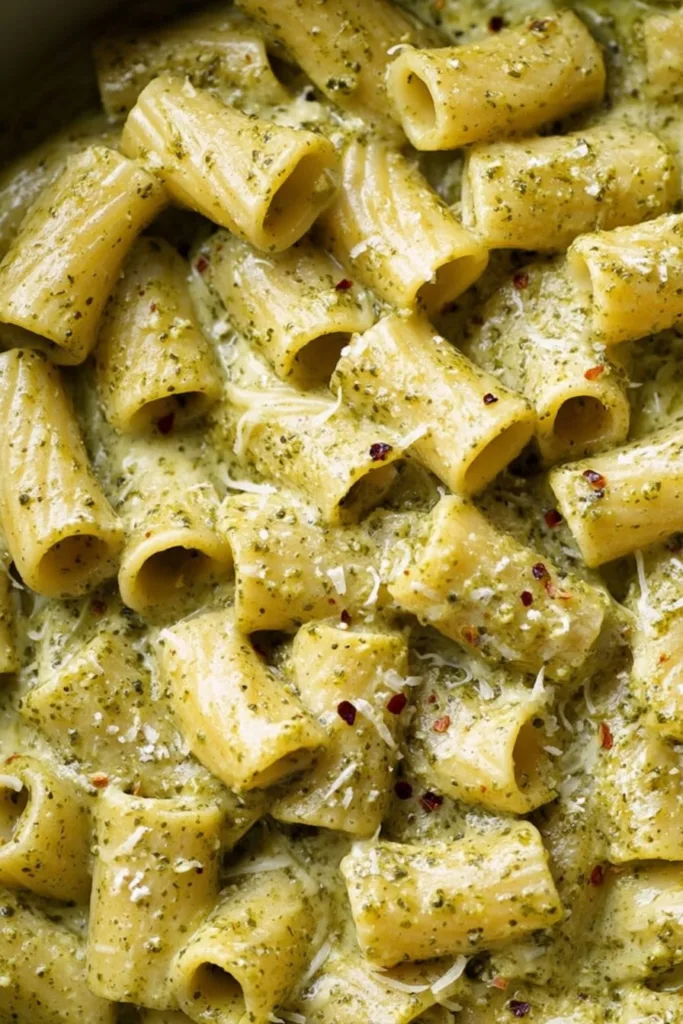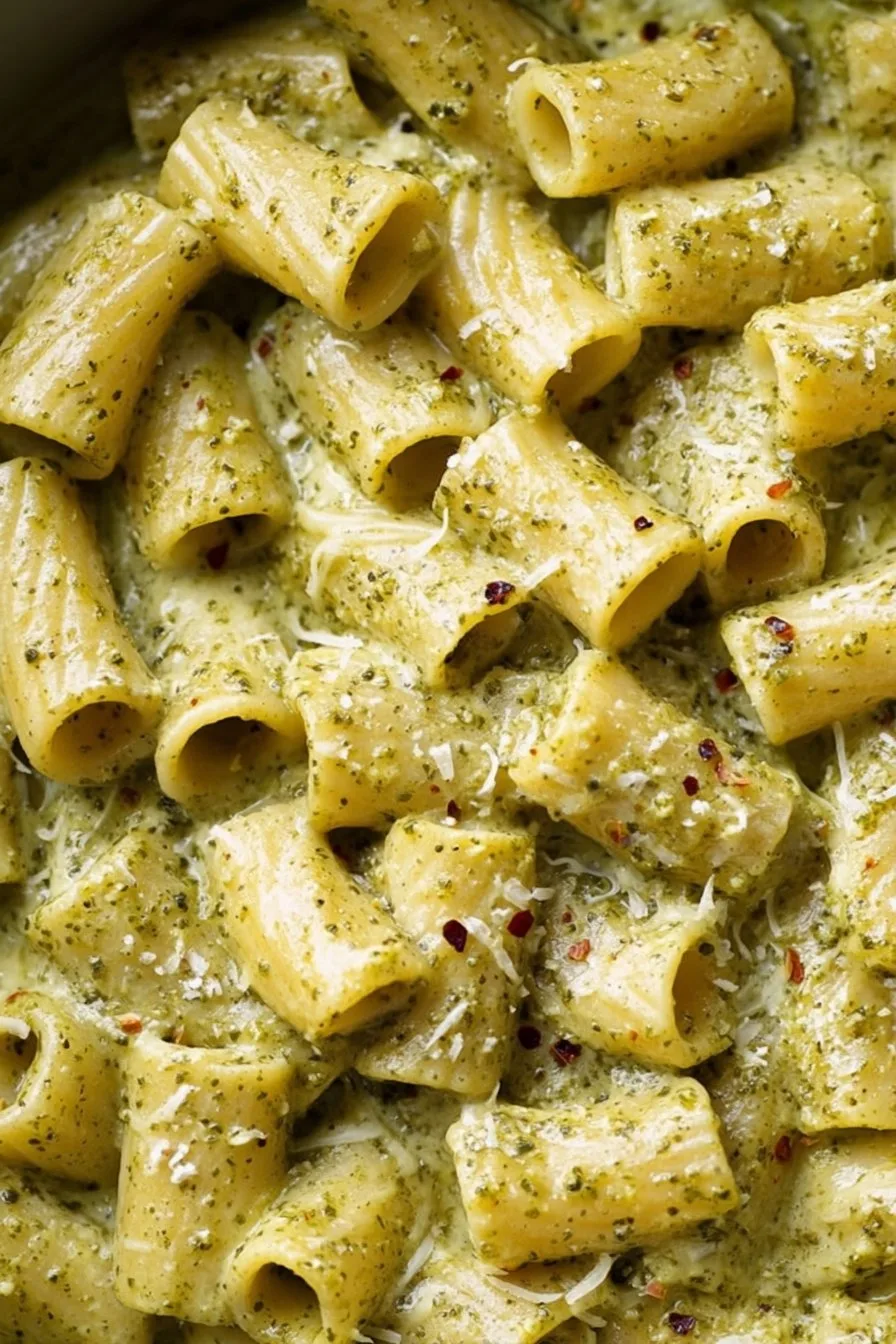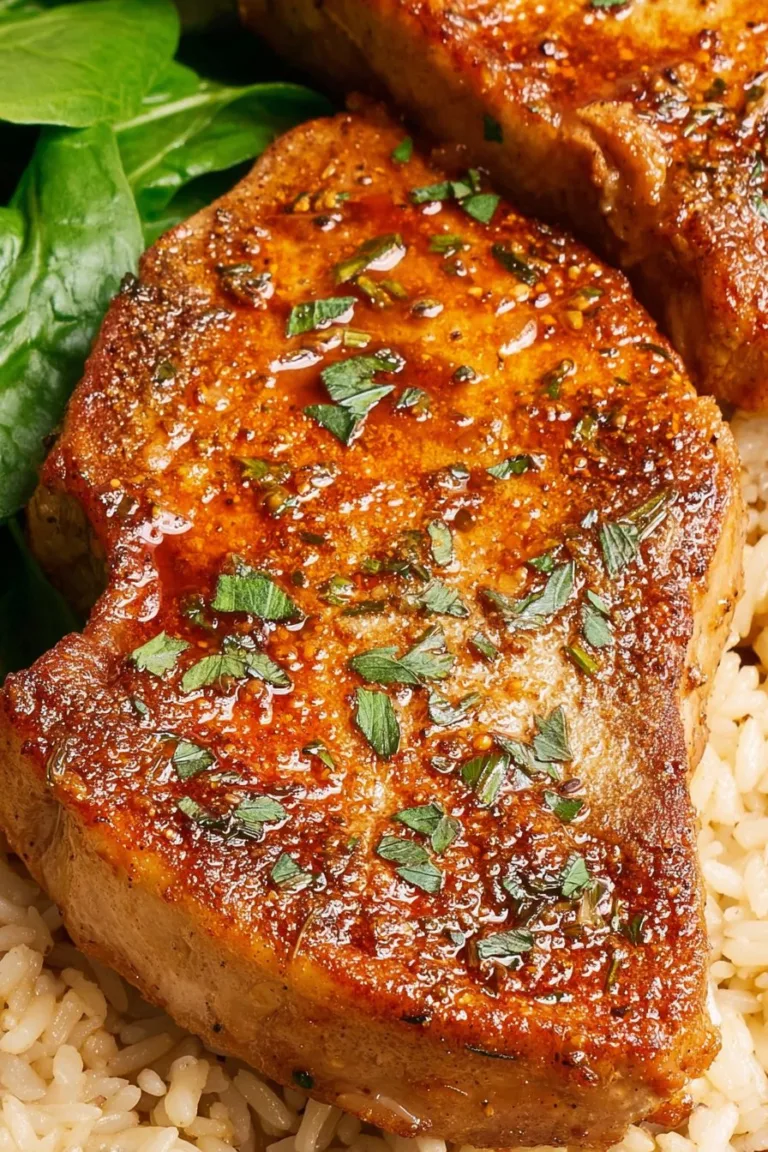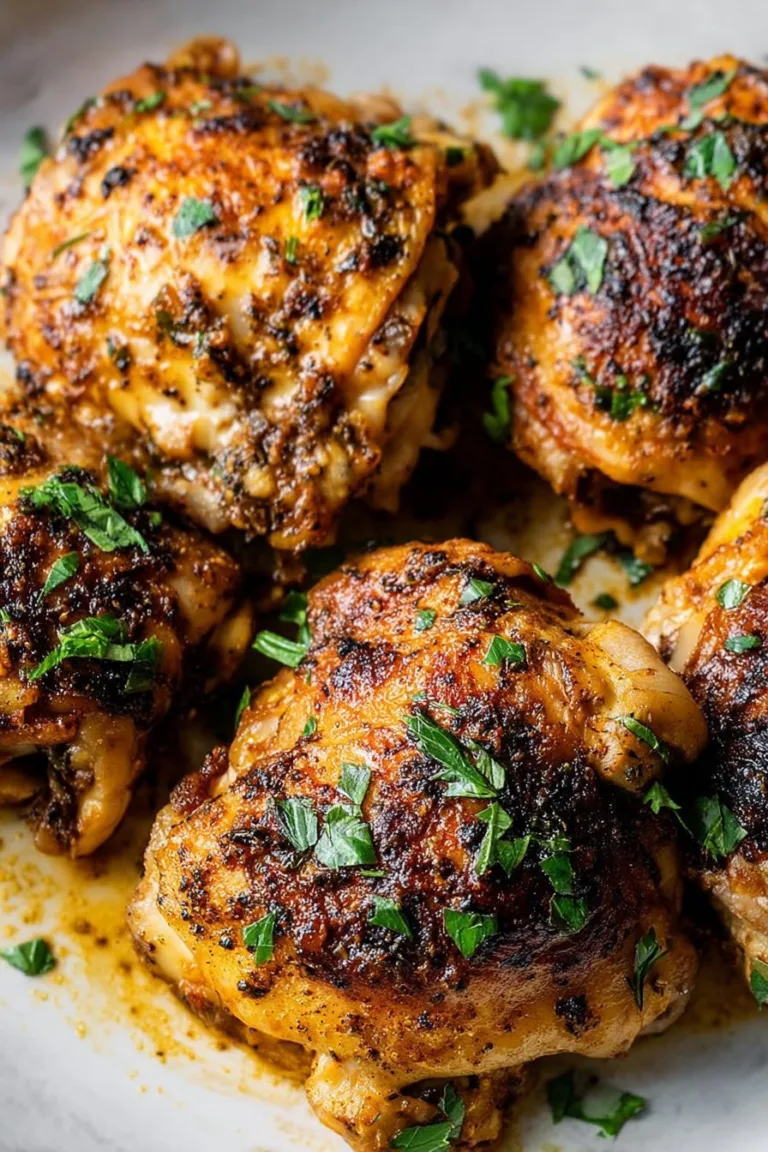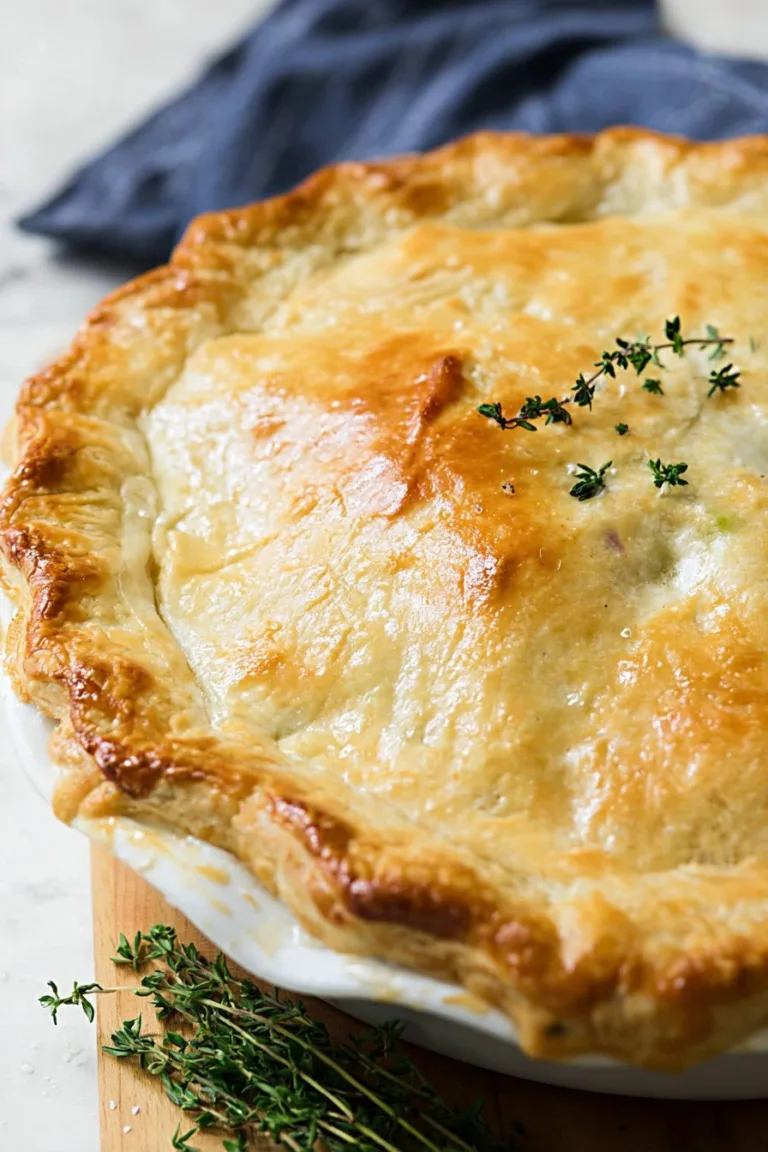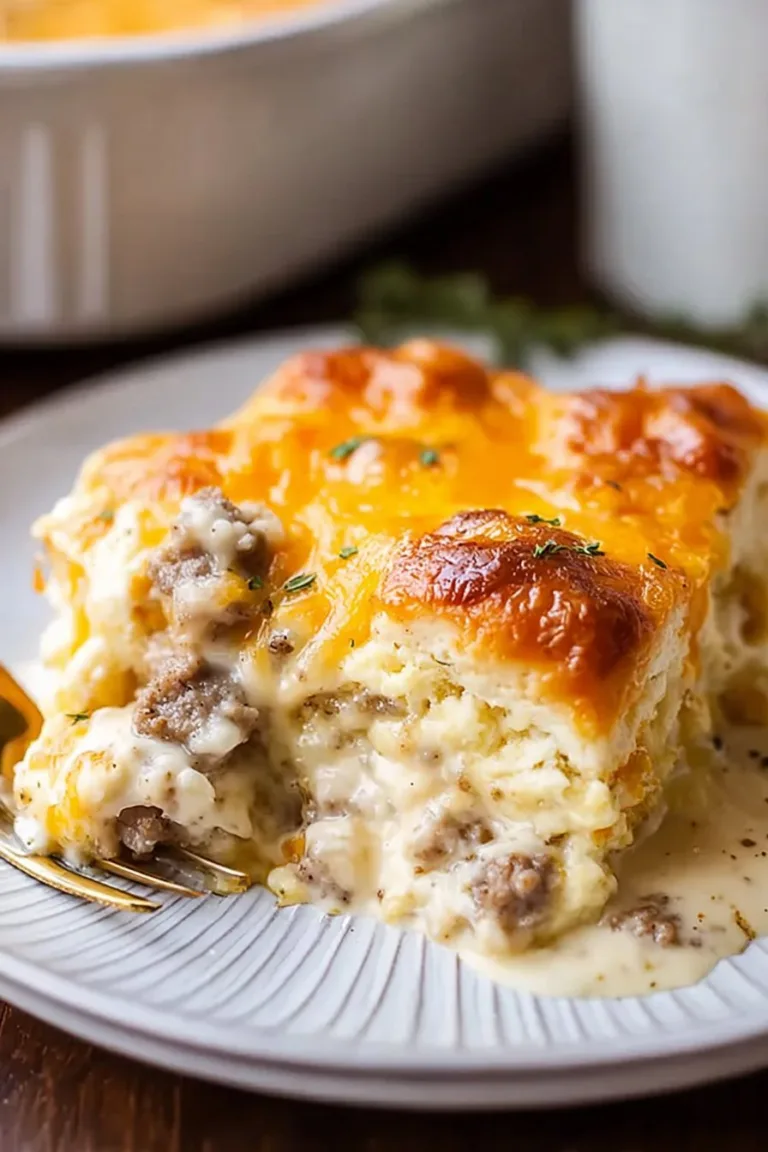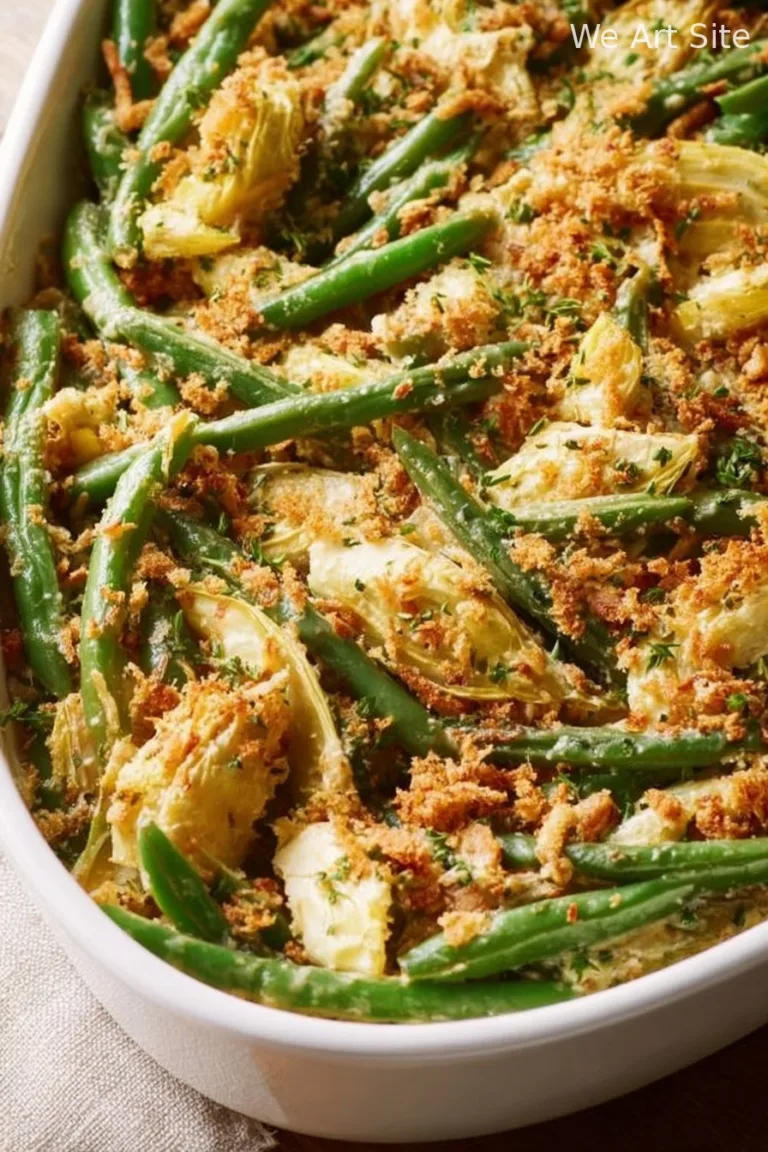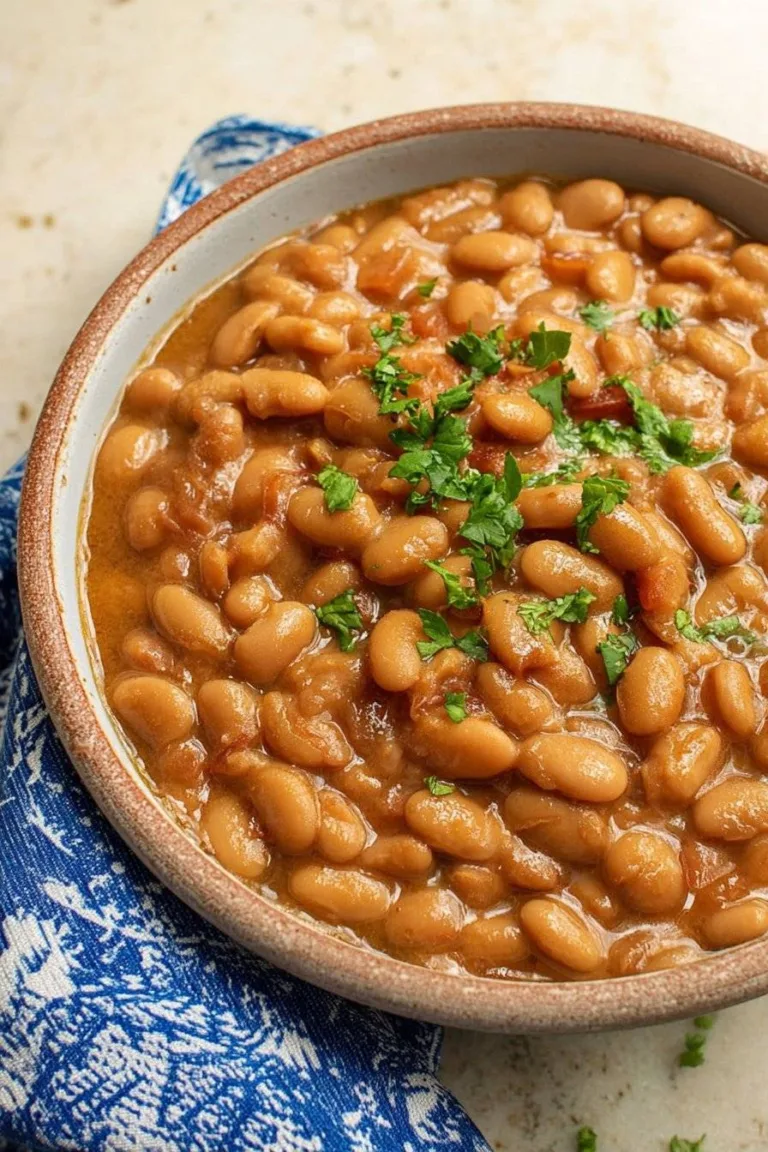Catching Up Over Pesto Pasta
If we were sitting in my kitchen right now and you asked, “Hey, what’s for dinner?”—honestly, nine times out of ten, it’d be pesto pasta. I mean, it’s the dish that got me through college, breakups, and at least three forgotten grocery days (yeah, that was a rough week). The first time I made it, I blitzed basil so long the food processor started to smell weird, but hey, at least the kitchen smelled good for an hour. Also, fair warning, I have a tendency to snack on the pine nuts before they make it into the sauce. Oops.
Why This Pesto Pasta Just Hits the Spot
I make this whenever time’s short, but taste buds are still demanding something punchy. My family goes wild for it—especially when I toss in a little extra cheese (okay, a lot). It’s also saved me from hangry dinner guests more than once! If you’re ever wrestling with the “what’s for dinner” beast, this is a proper lifesaver. And if you hate washing up, good news: only a couple dishes to tackle after. I used to overthink dinner, then this happened and I was like, “Oh, I can actually enjoy my food and my evening.” (Although, there was that one time I dropped the whole colander in the sink…we don’t talk about that night.)
What You’ll Need (and What You Can Totally Swap)
- 250g (about half a box) dried pasta—penne, fusilli, spaghetti, whatever’s hanging around. I sometimes grab whole wheat when I’m feeling virtuous, but regular old pasta is just fine.
- 2 big handfuls fresh basil leaves—my grandma swore by Genovese, but honestly, supermarket basil works. Or a bit of spinach in a pinch (the green color fools everyone but you).
- 50g grated Parmesan (or pecorino, or that “Italian hard cheese” if you know the one I mean—budget strikes us all, mate)
- 40g pine nuts. Or swap in walnuts if the pine nuts are hiding at the back of the cupboard—still delicious!
- 2 garlic cloves, peeled. If you’re not a garlic fan, just use one, or roast it first for a milder flavor.
- 100ml olive oil (extra-virgin is lovely, but I’ve used standard stuff and survived)
- Salt and pepper (doesn’t have to be fancy sea salt, but it’s a nice touch)
- Optional: Squeeze of lemon juice (I always forget this step, then regret it—adds brightness!)
How I Actually Make It (With Occasional Sidetracks)
- First, get a big pot of salted water boiling. The pasta will take about 10 minutes, so chuck it in and give it a stir. (Don’t wander off to check your phone—trust me, sticky pasta is no fun.)
- While pasta’s doing its thing, toss the basil, pine nuts, garlic, and half the cheese into a food processor. Pulse it a few times. Looks a bit like chopped salad at this point—don’t panic, it’ll come together.
- With the processor running, drizzle in the olive oil. It should turn into a glossy green sauce. If it’s too thick, I just splash in a tablespoon of pasta water; works wonders.
- Season with salt, pepper, and that squeeze of lemon if you’re organized. This is where I usually sneak a taste (for quality control, obviously). Add more cheese if you want; I always do.
- Once pasta’s done (al dente is best, but I won’t judge), reserve about half a mug of the pasta water—seriously, don’t skip this. Drain the rest.
- Dump the pasta back in the pot, spoon over the pesto, and splash in a little of that reserved water. Stir, stir, stir. If it looks a bit too thick, add more water. If it looks a bit weird right now, that’s fine, it always sorts itself out.
- Serve with a sprinkle of the extra cheese—or a mountain, depending on your mood.
Random Notes (Because, Well, Life Happens)
- If you accidentally use too much garlic, just call it “robust.” It’s a flavor adventure.
- I find this tastes even better the next day…if you manage to have leftovers. (Rare event, that.)
- Actually, I once tried using a blender instead of a food processor. It kinda worked, but I had to keep poking stuff down with a spoon. Use what you have, but be patient.
Mixing Things Up—Pesto Experiments That (Mostly) Worked
- Walnuts instead of pine nuts: Yes, totally works. Hazelnuts? Oddly sweet, but not terrible.
- Sun-dried tomato pesto: Tasty, but everyone asked where the green went.
- Rocket (arugula) for the basil: Peppery punch, but maybe too much if you’re not a fan.
- Once tried making it with parsley—eh, not for me. Maybe you’ll like it?
About the Gadgets (and What to Do If You Don’t Have ‘Em)
I always use my hand-me-down food processor for the pesto. But honestly, if you just have a mortar and pestle, you’ll get a rustic, chunky vibe (and a mini arm workout). No food processor? Try chopping everything super-fine with a big knife; it takes a bit longer but works in a pinch.

Keeping Leftovers (If There Are Any…)
In theory, you can keep leftover pesto pasta in the fridge for up to 2 days. Just pop it in a sealed container. Though honestly, in my house it never lasts more than a day—midnight snackers, you know who you are. If you want to freeze extra pesto, that’s fine too; ice cube trays are great for portioning.
How I Like to Serve It (Because Rituals Matter)
I usually top mine with a few extra basil leaves, freshly cracked pepper, and maybe some cherry tomatoes if I have them lying around. Sometimes I serve it with garlic bread (carb-on-carb is a lifestyle, right?), or a simple green salad. My cousin insists on a cold beer with hers, but I’m more of a sparkling water person. Either way, it’s gone in a flash.
Pro Tips I Learned the Hard Way
- I once tried rushing the blending step and regretted it—chunky garlic is not charming. Let it blend, even if you’re hungry.
- Don’t forget to salt the pasta water—otherwise the whole dish tastes kinda flat. Trust me, I’ve done it, and it’s not the same.
- On second thought, add the cheese gradually to the pesto. It gets salty fast.
FAQ: Real Questions I’ve Actually Been Asked
- Can I use store-bought pesto? Yep, of course—sometimes I do when I’m tired or out of basil. Just try to get one with good olive oil (I like the one from BBC Good Food’s recommendations).
- Is it okay to skip pine nuts? Absolutely. I’ve made it with sunflower seeds and even skipped nuts entirely when I didn’t have any—still tasty.
- How do I make it vegan? Use a dairy-free cheese or nutritional yeast. I actually think it’s just as good—plus, you can check out Minimalist Baker’s vegan pesto guide if you want to dig in more.
- What pasta shape is best? Honestly, whatever’s rolling around in the pantry. But fusilli grabs the sauce nicely. Spaghetti’s a classic (and easier to spin on your fork, in my opinion).
- Can I double the recipe? Sure thing, just use a bigger blender (or batch it). You might need to adjust the oil and cheese a bit for taste.
Oh, by the way, have you ever tried making your own fresh pasta just for fun? I did once, and while it was an epic floury mess, the pesto made it all worth it. Anyway—happy cooking, and may your kitchen always smell like basil and garlic (and not like last week’s leftovers)!
For more simple pasta ideas, I like to browse Bon Appétit’s pasta section—so many good ideas there.
Ingredients
- 12 oz (340 g) pasta (spaghetti, penne, or fusilli)
- 1/2 cup (120 ml) basil pesto (homemade or store-bought)
- 1/4 cup (25 g) grated Parmesan cheese, plus more for serving
- 2 tbsp (30 ml) extra virgin olive oil
- 2 cloves garlic, minced
- 1/4 cup (40 g) toasted pine nuts
- Salt and black pepper, to taste
- Fresh basil leaves, for garnish
Instructions
-
1Bring a large pot of salted water to a boil. Add the pasta and cook according to package instructions until al dente.
-
2While the pasta cooks, heat olive oil in a large skillet over medium heat. Add minced garlic and sauté for 1-2 minutes until fragrant.
-
3Drain the cooked pasta, reserving 1/2 cup of the pasta water. Add the pasta to the skillet with garlic.
-
4Stir in the basil pesto and toss to coat the pasta evenly. Add reserved pasta water as needed to loosen the sauce.
-
5Remove from heat and mix in grated Parmesan cheese and toasted pine nuts. Season with salt and black pepper to taste.
-
6Serve immediately, garnished with extra Parmesan and fresh basil leaves.
Approximate Information for One Serving
Nutrition Disclaimers
Number of total servings shown is approximate. Actual number of servings will depend on your preferred portion sizes.
Nutritional values shown are general guidelines and reflect information for 1 serving using the ingredients listed, not including any optional ingredients. Actual macros may vary slightly depending on specific brands and types of ingredients used.
To determine the weight of one serving, prepare the recipe as instructed. Weigh the finished recipe, then divide the weight of the finished recipe (not including the weight of the container the food is in) by the desired number of servings. Result will be the weight of one serving.
Did you make this recipe?
Please consider Pinning it!!

